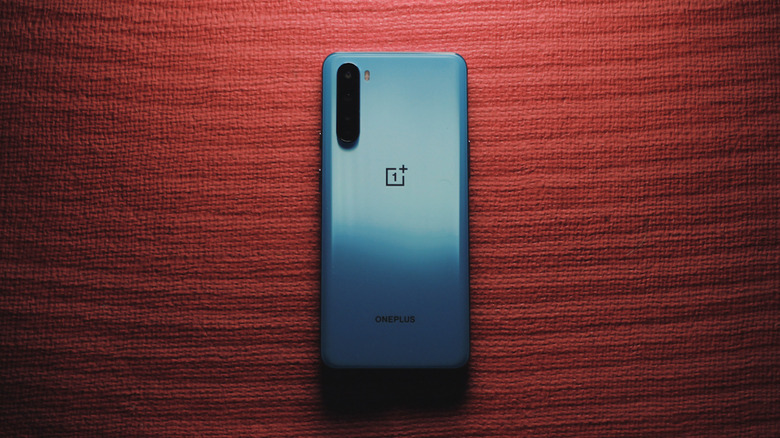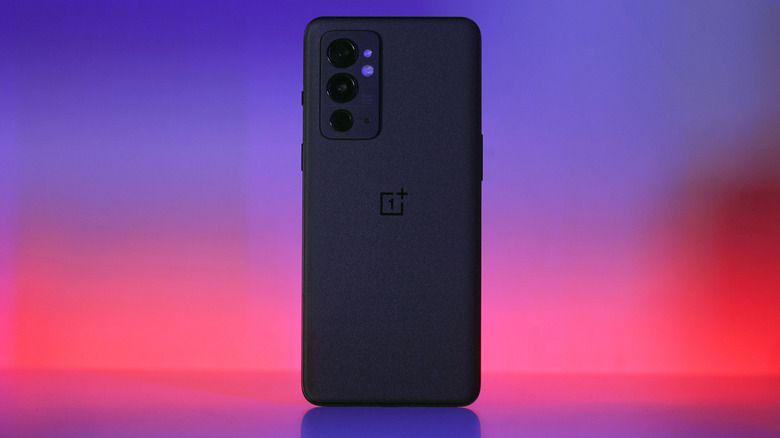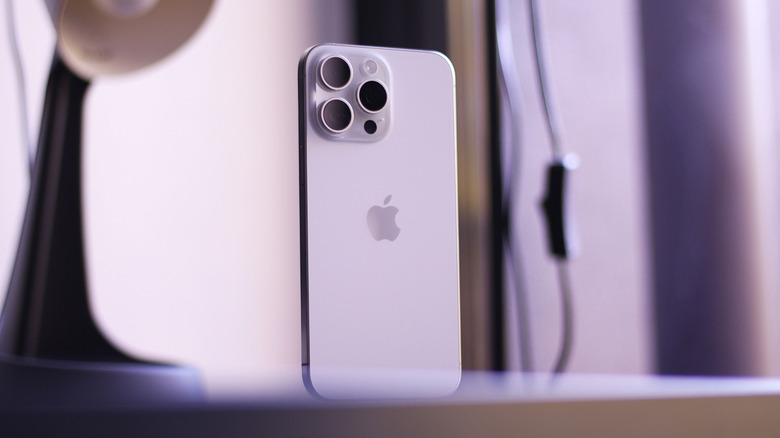Launched in 2017 at a price point of $1000, the iPhone X unlocked a new tier of smartphones — reserved for the highest-end ultra-flagships. Other brands soon followed, and now we have an assortment of expensive smartphones priced north of a thousand dollars. The Galaxy S25 Ultra that we reviewed, for example, is a solid contender to the iPhone 16 Pro Max — both of which retail for well over $1000. Then there’s the entirely different category of foldable smartphones, which are often priced even higher.
Though it’s true that you get the best of the best when you pay for a company’s flagship, not everyone is comfortable spending so much on a smartphone. Statistics back this up as well — the iPhone 15 was the best-selling smartphone model in the United States in 2024 — despite it not being the best that Apple had to offer. Competition in the budget-friendly space is often tighter, with manufacturers looking to cram in as many features as they can while maintaining aggressive pricing.
You can buy new entry-level smartphones for less than $200, but these models typically use the bare minimum bits of hardware that make up a functional phone — it would be unfair to even try comparing them to expensive flagships. That said, mid-range offerings from brands like OnePlus, Nothing, and Xiaomi are known for their immense performance-per-dollar value — often making you second-guess whether it’s worth spending twice as much for a flagship model.
Everything that mid-range phones are getting right
With smartphones, especially those powered by Android, being available at nearly every price point, it can be tricky to decide just how much you should spend on a new phone. A good middle ground is picking a device between $500 and $800 — these are still comparatively cheaper than expensive flagships, while being distant enough from the lower-end options that you don’t need to worry about aged internals and poor build quality.
The display experience is inarguably one of the most important aspects that make a modern smartphone feel modern. Mid-range devices have managed to perfect the formula of adopting crisp 1080p AMOLED panels with high refresh rates — leading to a noticeably snappier experience. In fact, with battery capacities increasing, you are likely to get better endurance with a mid-range phone compared to expensive devices that have higher-resolution screens and power-hungry internals.
Pixel smartphones have long been hailed as some of the finest shooters, and much of the praise is thanks to the software processing. This means that even budget-oriented offerings from the company, like the $499 Google Pixel 9a that we reviewed, come impressively close to more expensive phones in terms of camera performance. You also get the same excellent software experience without having to shell out over $1000. Similarly, the $599 OnePlus 13R is proof that you can get cutting-edge performance, super-fast charging, and useful bits of AI in a phone that doesn’t break the bank.
Why you still might want an expensive phone
The right mid-range smartphone can get you 80% of the experience of a flagship — and for the majority of the population, this is plenty. The other 20%, however, is a result of paying the premium for the best in-class hardware that expensive devices offer. Compare the iPhone 16 to the iPhone 16 Pro, for instance. While both phones offer great optics, reliable performance, and a similar software experience, the Pro models provide a comparatively better camera system and a faster, brighter 120Hz screen. Similarly, the Galaxy S25 Ultra one-ups the regular Galaxy S25 by offering hardware that’s simply better.
Build quality is also an area where you will notice a substantial difference between expensive phones and their cheaper counterparts. Materials like titanium and stainless steel are typically found in the most expensive smartphones, which often also get better display protection thanks to materials like Corning’s Gorilla Glass Victus 2.
Premium phones also often ship with promises of longer software support cycles, which is always a thing to look out for when shopping in the budget-oriented space. Although performance isn’t a major issue in mid-range devices, going with an expensive phone will get you the latest chipset, which will most definitely be better suited for demanding games and on-device AI features. Powerful internals will also age more gracefully — which is why shopping for a flagship from one or two years ago can be a good idea.



